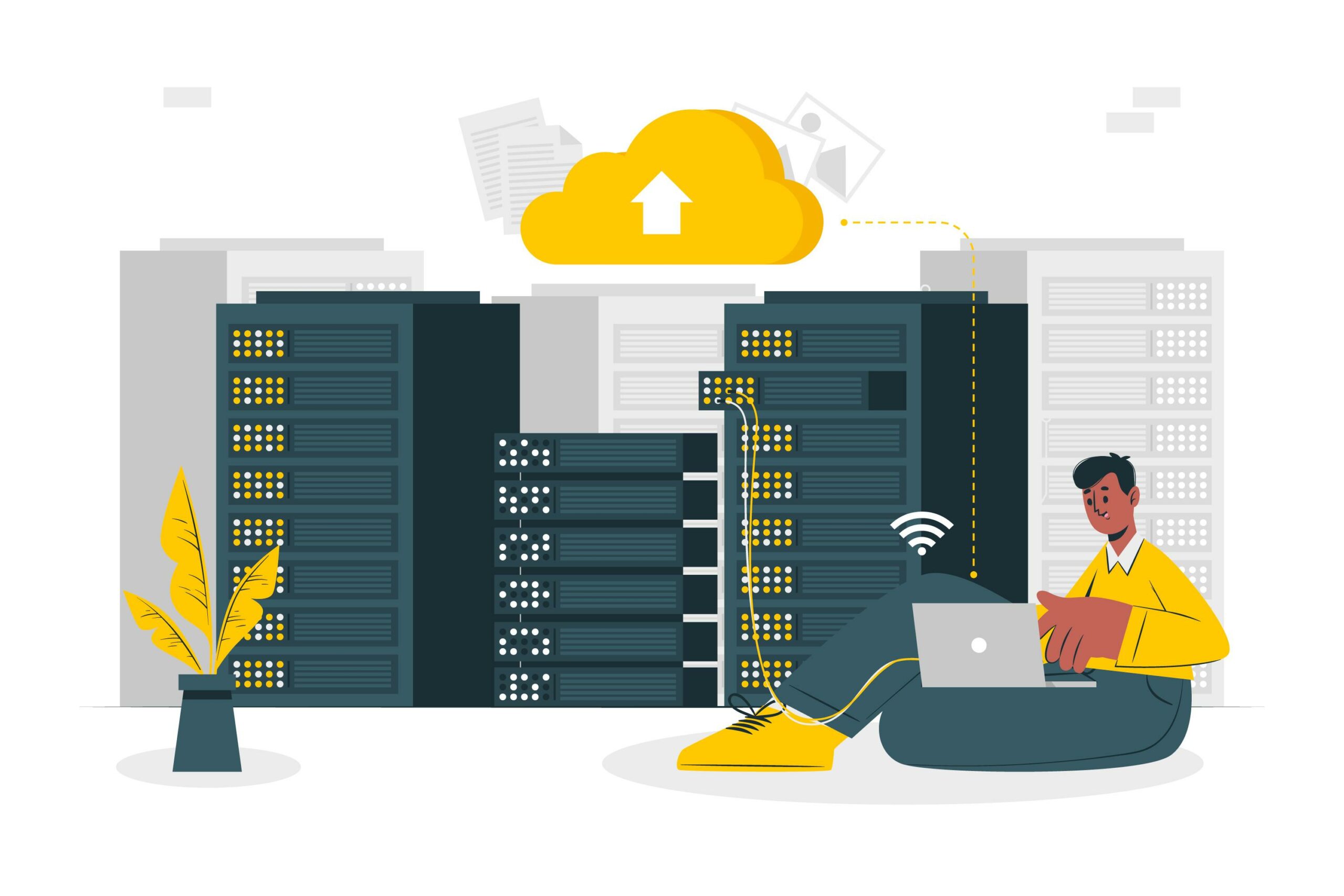AWS Elastic Compute Cloud is one the most widely used services on Amazon. AWS EC2 instance has different pricing plans. With so many pricing plans, it becomes challenging to select the right plan that fits your needs. This beginner’s guide will walk you through the AWS EC2 instance pricing plans. Continue reading the guide to learn about them.
Before we discuss EC2 instance pricing, let’s have a look at EC2 instance types and the factors on which AWS EC2 instance pricing depends.
AWS EC2 Instance Types
Based upon different use cases and varying combinations of CPU, storage, memory, and networking, AWS EC2 instance is divided into five types.
- General Purpose: Enabling a balance of memory, computing, and networking resources, General Purpose instances can be used for several different workloads, including developing, testing, building, etc.
- Computer Optimized: They are used in compute-bound applications and are well suited for different workloads, such as batch processes, media transcoding, etc.
- Memory Optimized: Instances belonging to this family deliver fast performance for those workloads that have to process vast data sets in memory. Use cases include memory-intensive workloads, such as NoSQL databases, SAP, etc.
- Accelerated Computing: This type is used to perform functions like floating point number calculations, graphic processing, etc., using hardware accelerators or co-processors.
- Storage Optimized: This type is designed for tasks that require sequential read and write access to a vast amount of data sets present on local storage.
What is EC2 Instance Pricing Based On?
EC2 instance pricing is based on the properties of the instance, including size, region, OS, etc., and is billed based on per hour or second.
- Per-hour billing means you will be billed for a minimum of one hour every time you start a new instance.
- Per-second billing means you will be billed for a minimum of sixty seconds every time a new instance is started.
Types of AWS EC2 Instance Pricing
AWS EC2 instance pricing models range from free tier to five other options. The free tier of EC2 instances provides 750 hours of micro instances, billed each month for a year. These instances include Windows t2.micro and Linux, or t3.micro (where t2.micro is not available). The free tier only enables you to use EC2 micro instances.
Apart from the free tier, EC2 instance pricing consists of the following models.
- On-Demand
- Saving Plans
- Reserved Instances
- Spot Instances
- Dedicated Hosts
Let’s discuss these plans briefly to learn about them better.
On-Demand Instance
Depending on the type of instance you run, On-Demand instances of the EC2 instance pricing plan let you pay for the computer capacity by second or hour. There is no need for any upfront payments or long-term commitments. Depending on your applications’ demand, you can increase or decrease the computer capacity and pay according to your exact per-hourly usage.
Amazon recommends using On-Demand Instances for:
- Applications that shouldn’t be interrupted and have short-term or unpredictable workloads
- Users who need low-cost and flexible EC2 instances without any prior payment.
- Applications that are deployed for the first time on AWS EC2 instances
Check On-demand Instance pricing here.
Reserved Instance
EC2 Reserved Instances pricing model provides a discount of up to 75% compared to On-Demand Instance Pricing. Furthermore, Reserved Instances offer a capacity reservation when they are allocated to a specific Availability Zone, enabling confidence in your ability to launch whatever instances you need.
AWS recommends using EC2 Reserved Instance for:
- Your applications that have steady-state usage
- Applications that need reserved capacity
- Customers who commit to using EC2 instances for one to three years to minimize their computing costs
You may check Reserved Instance pricing here.
Savings Plans
Savings Plans provide flexible and lower prices to its customers than On-Demand instances. The three types of saving plans include:
- Compute Savings Plans enable users to utilize AWS Fargate, Amazon EC2, and Amazon Lambda.
- Amazon SageMaker Savings Plans are applied to usage across Amazon SageMaker.
- EC2 Instance Savings Plans are applied to usage across EC2.
You may sign up for a one-year or three-year Savings Plan in the Amazon Cost Explorer and manage your plans according to your budget. Learn more about Savings Plans here.
Dedicated Hosts
It is a physical EC2 server that is dedicated to your usage. A Dedicated Host helps you minimize cost by enabling you to use the existing server-bound software licenses, including Windows Server, SUSE Linux Enterprise, etc. Also, it helps you meet compliance requirements. The pricing of a Dedicated Host varies by instance family, region, and different payment options.
- You can purchase a dedicated host On-demand (hourly).
- Users can also purchase it as a reservation at a discount of 70% compared to On-Demand pricing.
See the Dedicated Host pricing here.
Spot Instances
An AWS EC2 Spot Instance enables you to pay the Spot prices that are in effect for the time your instance is running. The prices are set by Amazon EC2 and are adjusted based on long-term trends in supply or demand for instance capacity. You can buy Spot Instances at a 90% discount compared to On-Demand pricing.
Amazon recommends EC2 Spot Instance for:
- Apps feasible at low computer prices
- The user who needs immediate computing for a vast amount of additional capacity
- Apps that have flexible start and end timings
Check the Spot Instance pricing here.
Migrate Your Applications To AWS EC2 With Awsome LLC Cloud Solutions!
Planning and choosing the right instances to migrate your applications to Amazon EC2 can be a daunting task, even for business professionals. Awsome LLC Cloud Solutions help you enhance your cloud migration journey by simplifying this task and ensuring effective and user-customized transition.
Our team of experienced cloud consultants is ready to serve you for your next cloud journey. Put your trust in Awsome LLC and get our free consultation today.






